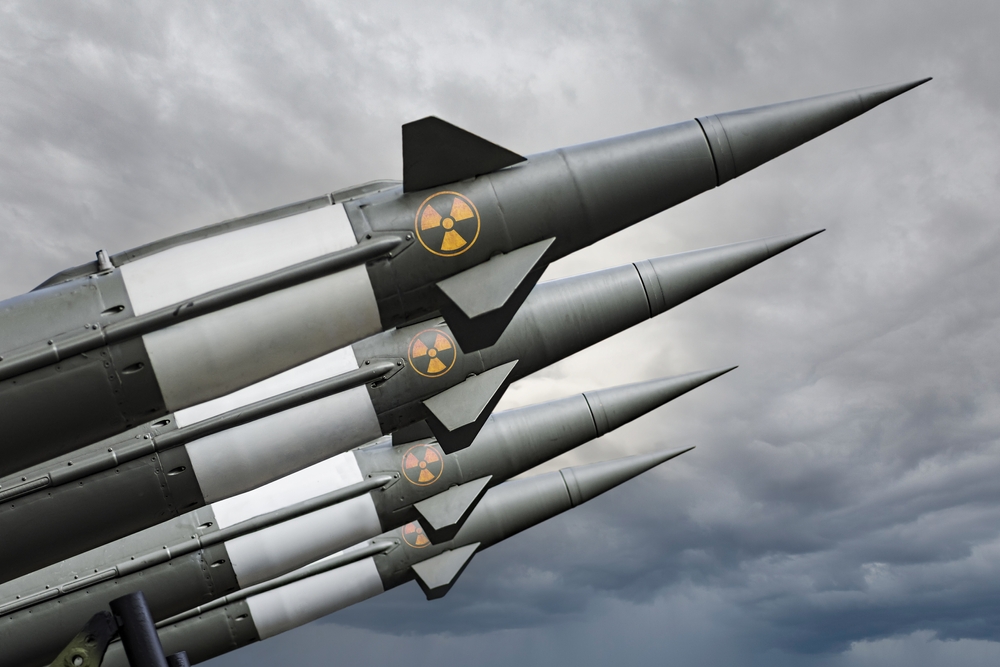For decades China’s nuclear arsenal remained relatively modest.
Others are reading now
China’s nuclear arsenal is expanding at an unprecedented pace, as evidenced by recent satellite images.
Swift Pace of Development
The rapid growth in China’s strategic missile capabilities is drawing significant concern in the United States, highlighting a stark contrast between the two nations’ nuclear arsenals, according to WP.
For decades, China’s nuclear arsenal remained relatively modest, consisting of a small number of land-based intercontinental ballistic missiles (ICBMs) housed in fixed silos and mobile launchers.
However, in recent years, China has embarked on an ambitious expansion project. The country has rapidly constructed approximately 300 new missile silos in various desert locations, including Hami, Yumen, and Hanggin Qi, as well as a training center in Jilantai.
Also read
Satellite images reveal not only the locations of these facilities but also the swift pace of their development.
Some Issues Persist
Despite the impressive scale of China’s expansion, some issues persist. For instance, Chinese missile silos are often spaced several hundred meters apart, a design intended to mitigate the risk of a single nuclear strike destroying an entire base.
Additionally, not all silos may be operational; some could serve as decoys. Concerns have also arisen about the quality of these new installations, with reports suggesting that some may be nonfunctional due to construction flaws.
Recent controversies have further complicated the picture. Bloomberg reported allegations that Chinese missile forces may have been sabotaged by replacing rocket fuel with water.
While this claim has been widely reported, some experts believe it might be a deliberate misinformation campaign by Beijing, possibly aimed at obscuring internal issues within the military.
In contrast, the United States faces a different challenge. According to a Pentagon report, China now has more missile silos than the U.S., which operates around 450 silos, with 400 on combat alert.
However, America’s Minuteman III missiles, in service for over 50 years, are outdated compared to China’s rapidly modernizing arsenal. The U.S. phased out its more advanced LGM-118A Peacekeeper missiles in 2005, leaving the nation with an aging nuclear force amidst China’s and Russia’s technological advancements.


